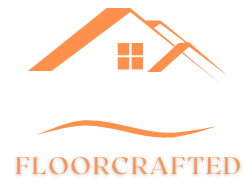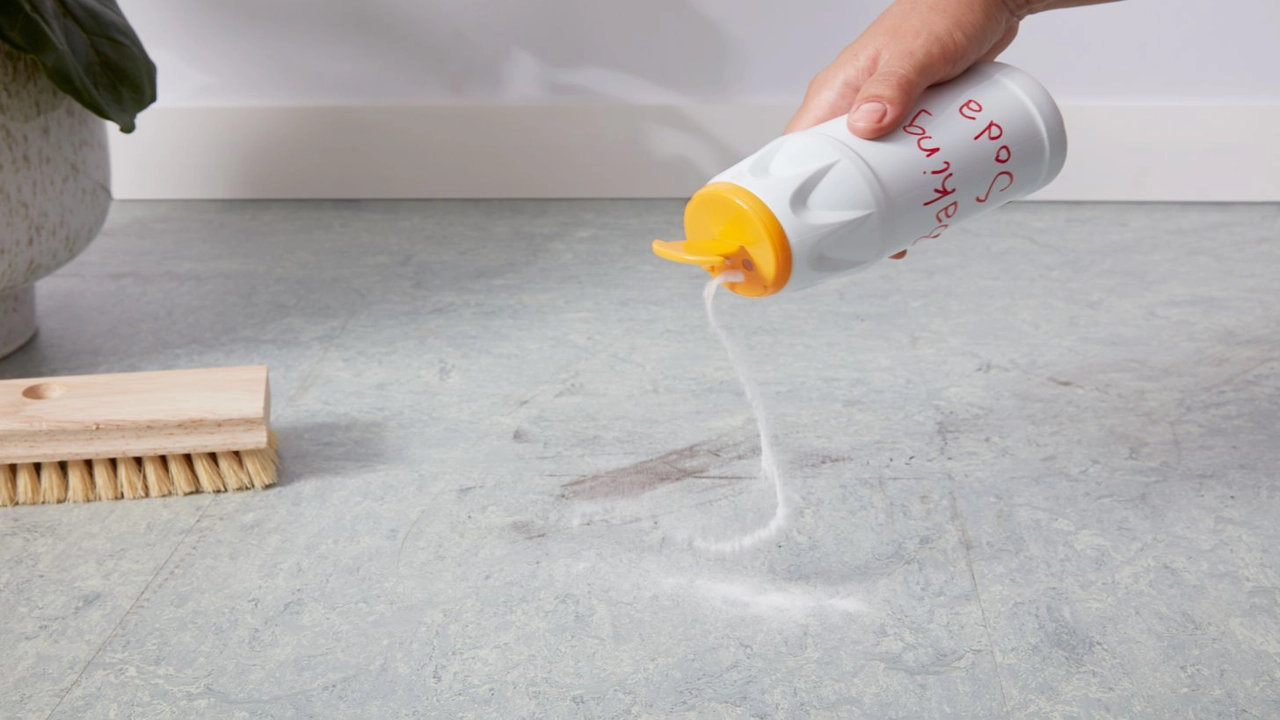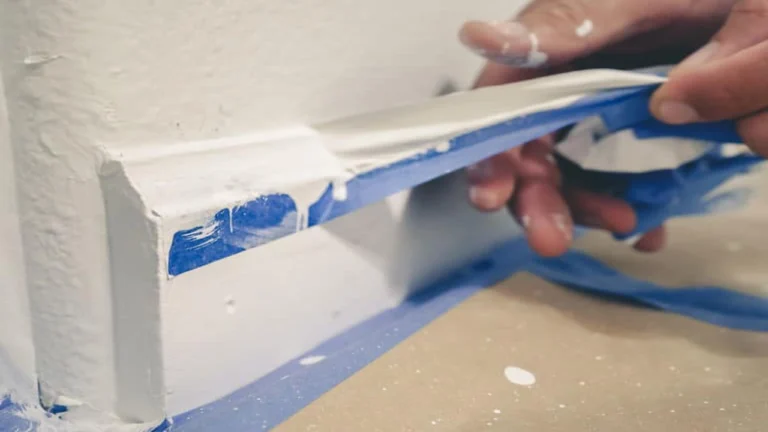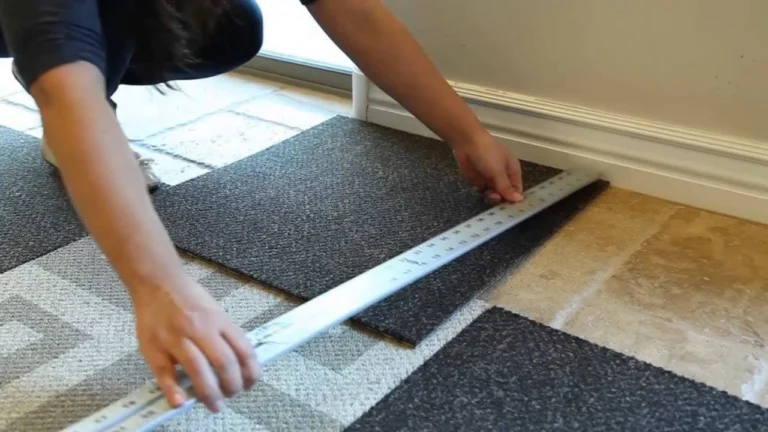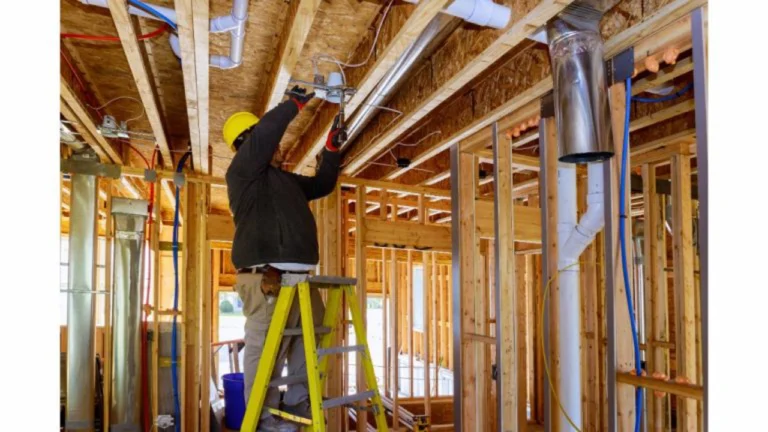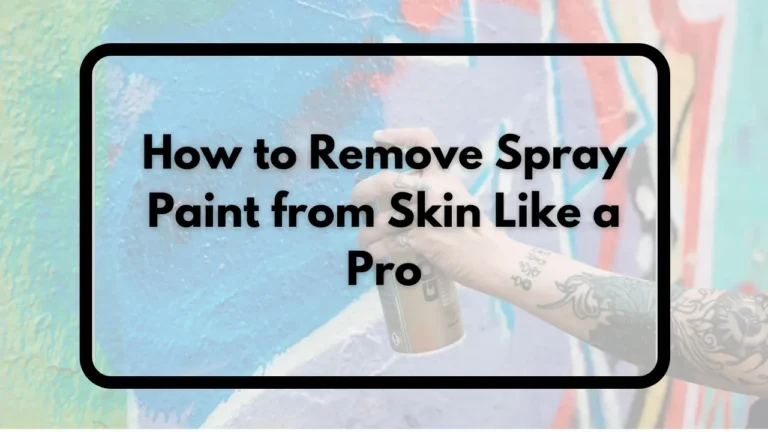Shine your old linoleum get it sparkling clean
How to Clean Old Linoleum
Linoleum flooring, once a popular choice for its durability and affordability, can become dull and stained over time. But with the right cleaning techniques, you can restore its shine and extend its lifespan. This guide provides practical tips on how to effectively clean old linoleum, addressing common problems like dirt, grease, and scuff marks. Whether you’re tackling a small area or an entire room, these methods will help you achieve a clean and refreshed look for your linoleum floors.
clean old linoleum like a pro
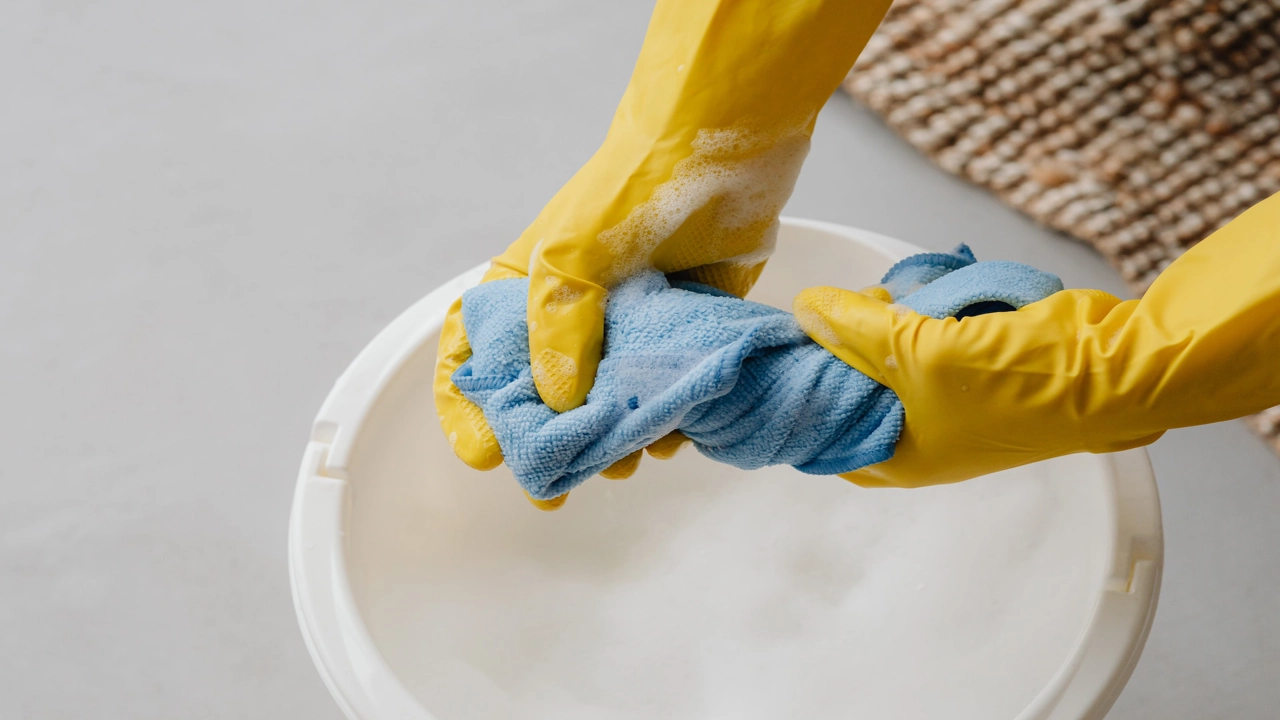
Bringing Back the Shine: A Guide to Cleaning Old Linoleum
Linoleum floors, once a staple in homes and businesses, have a timeless appeal. Their durability and classic look are hard to beat. But over time, even the most resilient linoleum can lose its shine, accumulate dirt, and show signs of wear. If you’re dealing with old linoleum that’s looking a bit worse for wear, don’t despair. With the right approach, you can restore your linoleum floors to their former glory.
Understanding Your Linoleum
Before diving into cleaning, it’s essential to understand the type of linoleum you’re working with. Linoleum can be made from various materials, including:
- Traditional linoleum: This type is made from natural materials like linseed oil, wood flour, and cork dust. It tends to be more porous and susceptible to staining.
- Vinyl linoleum: A more modern variation, vinyl linoleum is often preferred for its durability and resistance to moisture.
The type of linoleum will influence the cleaning techniques and products you choose. For example, traditional linoleum may require a gentler approach than vinyl linoleum.
Assessing the Damage: How to Clean Old Linoleum
Before embarking on a deep clean, assess the condition of your linoleum. Are you dealing with light dirt and grime, or deeper stains and scratches? Here’s a quick guide:
- Light dirt and grime: This is the easiest to tackle. A thorough sweep, followed by a mop and mild cleaning solution, will usually do the trick.
- Stains: For stains, you’ll need a targeted approach. Consider the source of the stain (coffee, grease, etc.) and choose a cleaning solution accordingly.
- Scratches: Unfortunately, scratches are harder to remove entirely. However, you can minimize their appearance by using a floor polish designed for linoleum.
The Power of Preparation: Getting Ready to Clean Old Linoleum
Once you understand the condition of your linoleum, you can start preparing for a successful clean. This means:
- Clear the area: Move furniture and clutter to allow for easy access to the entire floor.
- Sweep or vacuum: Remove loose dirt and debris with a broom or vacuum cleaner.
- Pre-treat stains: Before using any cleaning solution, pre-treat stubborn stains with a specialized cleaner.
Step-by-Step Guide: How to Clean Old Linoleum
Now that you’re prepared, follow these steps for a thorough clean:
-
Choose the Right Cleaning Solution:
-
Mild soap and water: This is often sufficient for light dirt and grime. Use a mild dish soap or a cleaner specifically formulated for linoleum.
- Baking soda: A natural cleaning agent, baking soda can help remove grease and stains. Create a paste by mixing baking soda with water.
-
Vinegar: A versatile cleaner, vinegar can help dissolve grease and dirt. Dilute vinegar with water before applying to the floor.
-
Apply the Cleaning Solution:
-
Mop or sponge: Use a mop or sponge dampened with the cleaning solution. Avoid saturating the linoleum as this can damage the floor.
-
Scrub gently: For tougher stains, scrub with a soft-bristled brush or a non-abrasive scrubber. Be gentle to avoid scratching the linoleum.
-
Rinse and Dry:
-
Thoroughly rinse the floor: Use clean water to remove any remaining cleaning solution.
- Dry completely: Wipe the floor dry with a clean, dry cloth. Avoid leaving the floor damp, as this can lead to mildew and mold growth.
Beyond the Basics: Dealing with Specific Issues
While the above steps provide a general cleaning routine, some issues require additional attention:
- Grease and oil stains: For grease and oil stains, apply a cleaning solution like baking soda paste or vinegar and let it sit for a few minutes before scrubbing gently. You can also try using a commercial degreaser.
- Ink stains: Ink stains can be tricky to remove. Test a small area with a cleaning solution like rubbing alcohol or a specialized ink remover.
- Water damage: If your linoleum has been exposed to water damage, you may need to seek professional help. Water damage can lead to warping and mold growth.
Keeping Your Linoleum Gleaming: Maintenance Tips
Regular maintenance is key to keeping your old linoleum looking its best. Here are some tips:
- Sweep or vacuum regularly: This helps prevent dirt and grime from building up.
- Spot-clean spills immediately: The sooner you address spills, the less likely they are to stain.
- Use floor mats: Place mats at entryways to catch dirt and debris before they reach your linoleum.
- Avoid harsh chemicals: Opt for cleaning solutions specifically designed for linoleum to prevent damage.
Polishing Your Linoleum: Bringing Back the Shine
For a truly impressive finish, consider polishing your linoleum. Choose a polish designed for linoleum and follow the manufacturer’s instructions carefully. Polishing can help hide minor scratches and add a protective layer to your floor.
Seeking Professional Help: When to Call in the Experts
While most cleaning tasks can be tackled at home, some situations may require professional help. For example:
- Extensive damage: If your linoleum has sustained significant damage, like deep scratches or water damage, a professional cleaning company can assess the situation and recommend the best course of action.
- Specialty cleaning: If you have an antique linoleum floor or a particularly delicate surface, a professional cleaner can provide specialized cleaning services.
Additional Tips for Cleaning Old Linoleum
- Test any cleaning solution in an inconspicuous area first: This will help prevent any unexpected discoloration or damage to your linoleum.
- Work in small sections: This ensures that the cleaning solution doesn’t dry out before you can rinse it off.
- Let the floor air dry completely: Avoid using a fan or heater, as this can dry out the linoleum and make it more susceptible to cracking.
old linoleum looking drab this one trick will shine it like new
Linoleum floors have a timeless charm, adding a touch of vintage elegance to any home. But over time, these resilient floors can accumulate grime, dirt, and even stains, making them look dull and lackluster. If you’re looking to revitalize your old linoleum floors and make them gleam like new, then learning how to clean old linoleum like a pro is essential.
The Power of Preparation: Getting Ready to Clean Old Linoleum
Before you start scrubbing, it’s crucial to prepare your linoleum floors for a deep clean. This involves gathering the right tools and understanding the type of linoleum you’re working with.
1. Identify Your Linoleum Type: The cleaning process can vary slightly depending on the type of linoleum. Knowing whether you have inlaid linoleum (pattern embedded in the material) or printed linoleum (pattern applied on the surface) is crucial.
2. Gather Your Cleaning Supplies:
- Cleaning Solution: Warm water is usually sufficient, but for tougher stains, you might need a mild detergent, vinegar, or specialized linoleum cleaner.
- Mop: Choose a soft-bristled mop, preferably one specifically designed for linoleum.
- Bucket: A large bucket for your cleaning solution.
- Microfiber cloths: For wiping down the floor and drying.
- Vacuum cleaner: To remove loose debris and dirt.
- Baking soda: For removing stubborn stains.
- White vinegar: A natural disinfectant that can help remove dirt and grime.
3. Clear the Area: Remove any furniture, rugs, or other objects from the linoleum floor area. This will give you ample space to move around and clean effectively.
Mastering the Cleaning Process: How to Clean Old Linoleum Like a Pro
Now that your floors are prepped, it’s time to tackle the dirt and grime. The cleaning process involves several steps:
1. Sweep or Vacuum: Start by removing any loose dirt, dust, or debris with a broom or vacuum cleaner. This will prevent it from getting smeared around while you mop.
2. Prepare Your Cleaning Solution: For a basic clean, mix warm water with a mild detergent. If you’re dealing with stubborn stains, you can use a solution of baking soda and water, or a commercial linoleum cleaner. For a natural option, mix equal parts water and white vinegar.
3. Mop the Floor: Dampen your mop in the cleaning solution and wring it out thoroughly. You don’t want your floors to be soaking wet, as this can damage the linoleum. Mop the floor in sections, working your way around the room.
4. Address Stubborn Stains: For difficult stains, apply a paste of baking soda and water to the affected area. Let it sit for a few minutes, then scrub gently with a soft-bristled brush.
5. Rinse and Dry: Once you’ve mopped the entire floor, rinse it with clean water. You can use a clean mop for this step. Finally, dry the floor with a clean microfiber cloth.
Beyond the Basic Clean: Maintaining Your Linoleum Floors
Regular cleaning is essential to keep your linoleum floors looking their best. Here are some tips for maintaining your linoleum floors:
- Sweep or vacuum regularly: Remove dirt and debris before it has a chance to embed itself in the floor.
- Clean spills immediately: Avoid letting spills sit for too long, as they can stain the linoleum.
- Use protective mats: Place mats under high-traffic areas and furniture to protect your floors from scratches and wear.
- Avoid harsh chemicals: Use gentle, pH-neutral cleaners to avoid damaging the linoleum surface.
- Consider a professional cleaning: For deep cleaning and restoring the shine, you might want to consider hiring a professional cleaning service.
Following these simple tips, you can revitalize your old linoleum floors and keep them looking their best for years to come. Remember, cleaning old linoleum like a pro requires consistent effort and a little bit of know-how. With a little care and attention, you can enjoy the beauty and durability of your linoleum floors for many years to come.
Q&A: Cleaning Old Linoleum
Q: What is the best way to clean heavily soiled old linoleum?
A: For heavily soiled linoleum, a strong cleaning solution like a mix of baking soda and water (1:1 ratio) or a commercial linoleum cleaner is recommended. Let the solution sit for a few minutes before scrubbing with a stiff brush.
Q: How can I remove stains from old linoleum?
A: For tough stains, try using a paste made from baking soda and water or a commercial stain remover. Apply the paste to the stain and let it sit for a few minutes before scrubbing with a brush. For greasy stains, try using a mixture of dish soap and water.
Q: Is it safe to use bleach on old linoleum?
A: It’s best to avoid using bleach on old linoleum as it can cause discoloration and damage the surface. If you absolutely must use bleach, test it on a small, inconspicuous area first.
Q: How can I restore the shine of old linoleum?
A: After cleaning, you can restore the shine of old linoleum by using a commercial linoleum polish. Apply a thin coat of polish to the floor and let it dry.
Q: What are some tips for maintaining old linoleum?
A: To keep old linoleum clean and looking its best, sweep or vacuum regularly, clean spills immediately, and avoid using harsh chemicals.
Q: How do I know if my linoleum floor needs to be refinished?
A: If your linoleum floor is severely damaged or discolored, it may need to be refinished. A professional can help you determine if refinishing is necessary.
Q: What can I use to protect old linoleum from scratches?
A: You can use a linoleum floor protector to help protect your floor from scratches and wear. It is important to follow the instructions on the product label carefully.
Q: Is it okay to use a steam cleaner on old linoleum?
A: While steam cleaning can be effective for removing dirt and grime, it is important to be cautious with old linoleum. Excessive heat can damage the floor, so use a low-heat setting and avoid steam cleaning directly on the seams or edges of the flooring.
Conclusion
So there you have it – a comprehensive guide to revitalizing your old linoleum floors. With just a few simple supplies and a little elbow grease, you can banish grime and restore your floors to their former glory. Whether you’re tackling stubborn stains, tackling scuff marks, or just giving your floors a general refresh, the methods outlined in this post will help you achieve gleaming results.
Now that you’re equipped to tackle your linoleum cleaning challenges, we’d love to hear your thoughts! Share your experiences with cleaning old linoleum in the comments below, and don’t forget to share this post with your friends on social media so they can benefit from these tips too. Happy cleaning!
